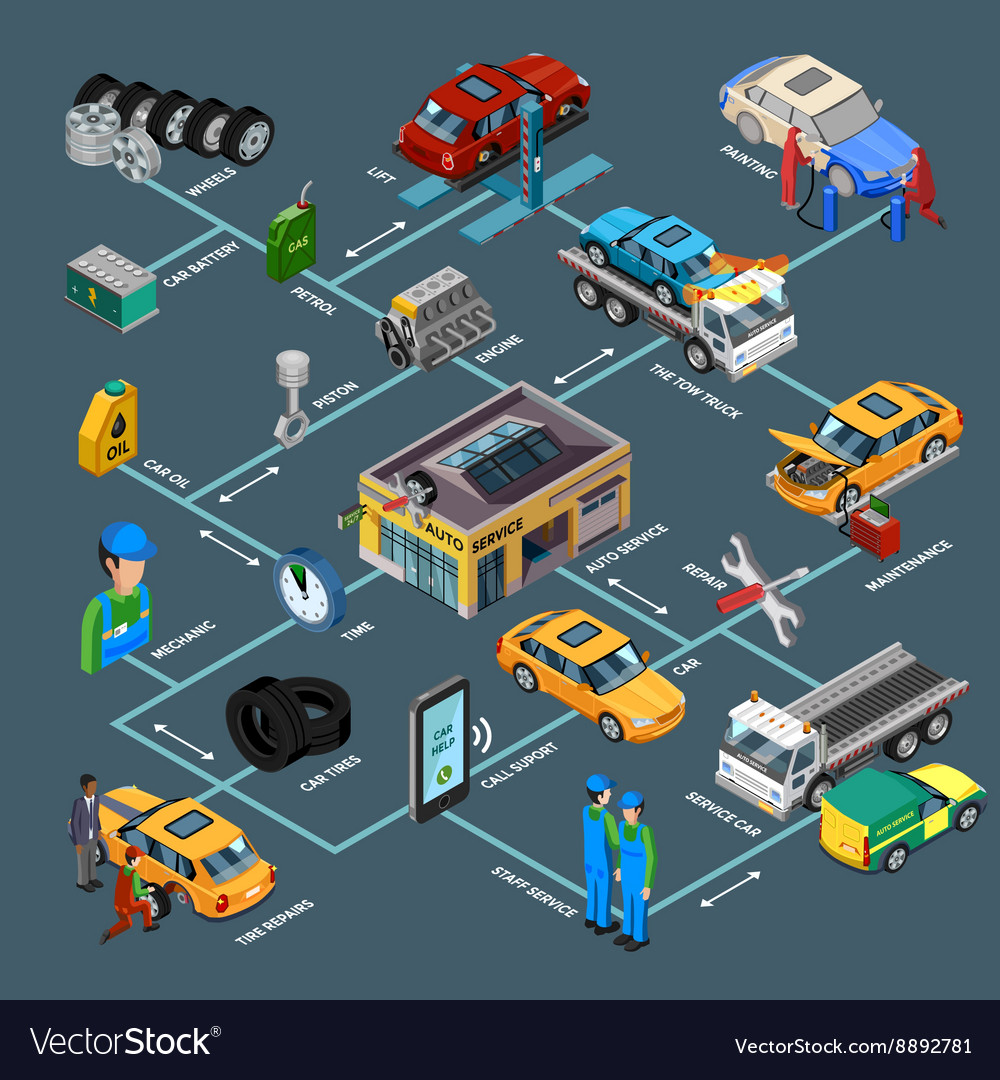Seeking Clearness On The Warning Lights Displayed On Your Car'S Dashboard? Learn Just How They Associate With Your Car'S Health And Wellness
Seeking Clearness On The Warning Lights Displayed On Your Car'S Dashboard? Learn Just How They Associate With Your Car'S Health And Wellness
Blog Article
Write-Up Written By-Hartley Shepherd
When you're behind the wheel, those glowing warning lights on your control panel can be a bit bewildering. Do you recognize what they're attempting to inform you regarding your automobile's health and wellness? Comprehending the relevance of these lights is vital for your security and the longevity of your car. So, the next time among those lights appears, wouldn't you wish to analyze its message accurately and take the necessary steps to resolve it?
Common Caution Lights and Interpretations
Determine usual caution lights in your automobile and recognize their definitions to ensure risk-free driving.
One of the most regular warning lights include the check engine light, which signifies issues with the engine or emissions system. If interior car cleaning cheap begins, it's crucial to have your automobile inspected without delay.
The oil stress warning light suggests low oil pressure, requiring immediate attention to stop engine damages.
A blinking battery light may recommend a faulty billing system, possibly leaving you stranded if not dealt with.
The tire stress tracking system (TPMS) light signals you to low tire pressure, influencing automobile security and gas effectiveness. Ignoring this could bring about dangerous driving conditions.
The abdominal muscle light indicates an issue with the anti-lock braking system, compromising your ability to stop swiftly in emergency situations.
Last but not least, the coolant temperature level alerting light warns of engine getting too hot, which can cause severe damage if not resolved swiftly.
Recognizing these common warning lights will certainly assist you attend to concerns quickly and keep secure driving conditions.
Importance of Prompt Attention
Understanding the common warning lights in your car is just the primary step; the relevance of without delay attending to these cautions can not be highlighted sufficient to guarantee your safety when traveling.
When a caution light illuminates on your control panel, it's your car's method of connecting a prospective concern that needs attention. Ignoring these warnings can result in more severe problems later on, compromising your security and potentially costing you much more in repairs.
Trigger attention to cautioning lights can prevent break downs and mishaps. As an example, a blinking check engine light could suggest a misfire that, if left ignored, might trigger damages to the catalytic converter. Resolving this immediately can conserve you from an expensive repair service.
In car paint restoration , a brake system warning light could indicate reduced brake liquid or worn brake pads, vital components for your safety and security when driving.
Do It Yourself Troubleshooting Tips
If you notice a caution light on your control panel, there are a couple of do it yourself troubleshooting suggestions you can try prior to seeking specialist aid.
The first step is to consult your auto's handbook to recognize what the specific warning light shows. In some cases the concern can be as easy as a loosened gas cap triggering the check engine light. Tightening the gas cap may resolve the problem.
An additional typical problem is a reduced battery, which can activate numerous advising lights. Examining web page for rust and ensuring they're safe may fix the trouble.
If a warning light continues, you can try resetting it by disconnecting the cars and truck's battery for a couple of minutes and then reconnecting it. Furthermore, inspecting your car's liquid levels, such as oil, coolant, and brake liquid, can aid troubleshoot advising lights related to these systems.
Final thought
To conclude, understanding your vehicle's caution lights is important for maintaining your automobile running smoothly and safely. By quickly resolving these signals and recognizing what they imply, you can stay clear of pricey repairs and potential failures.
Keep in mind to consult your car's guidebook for certain information on each alerting light and act appropriately to ensure a trouble-free driving experience.
Remain notified, remain risk-free on the road!
